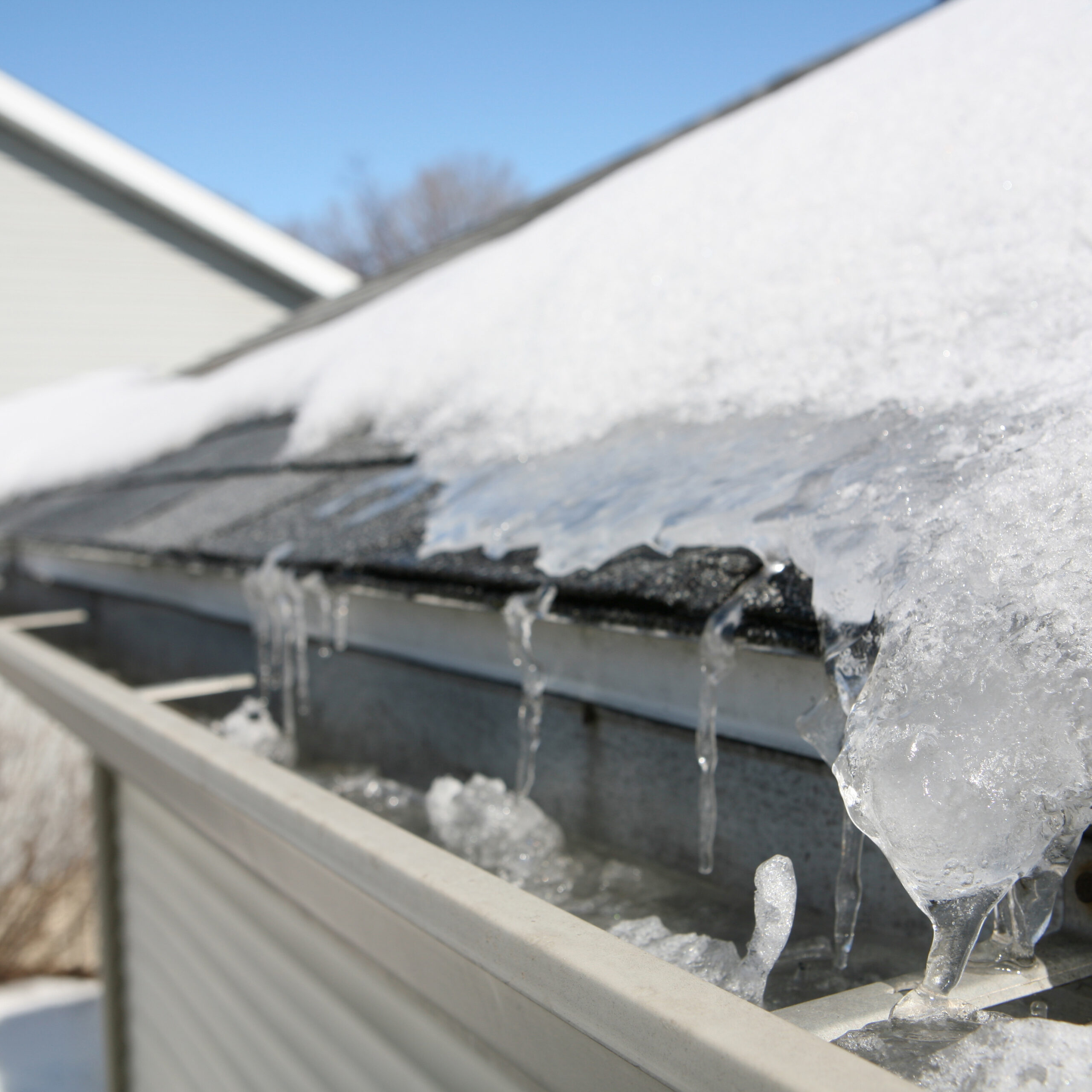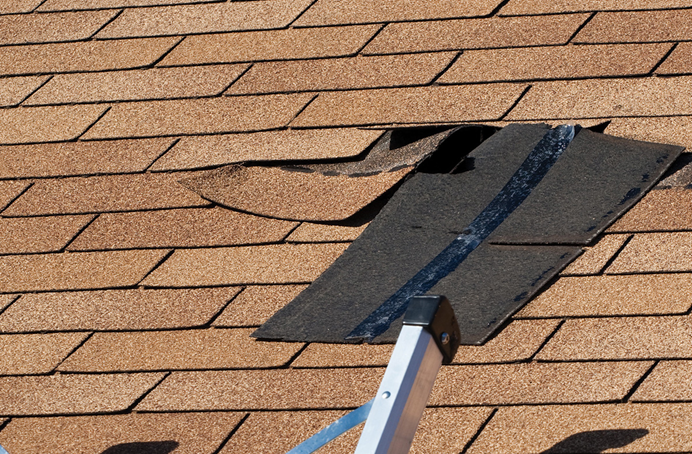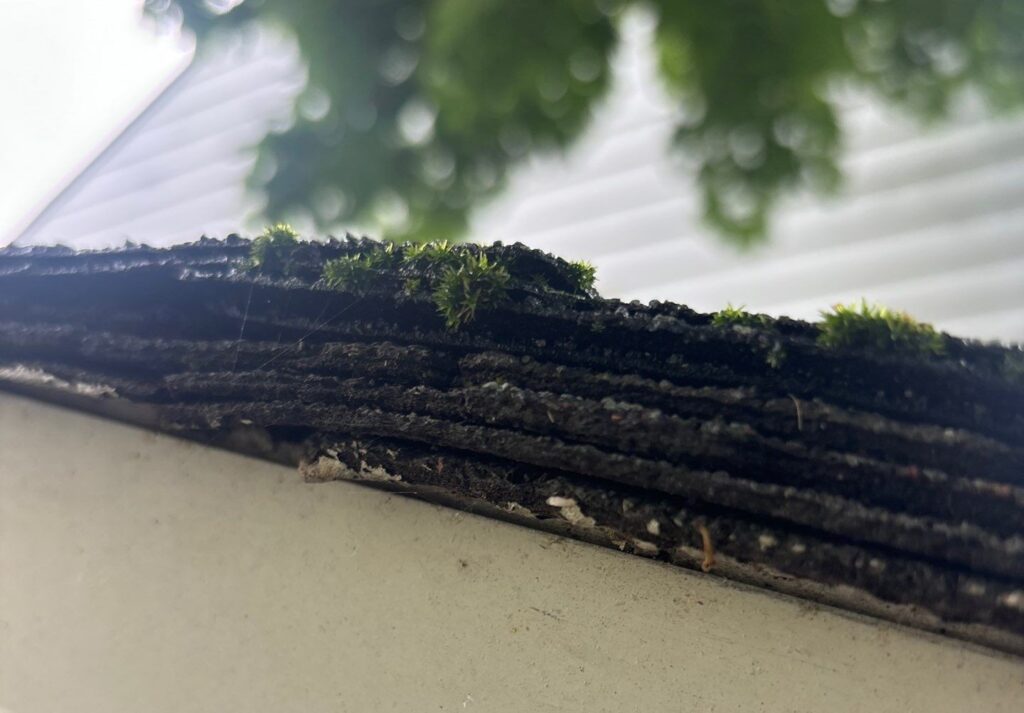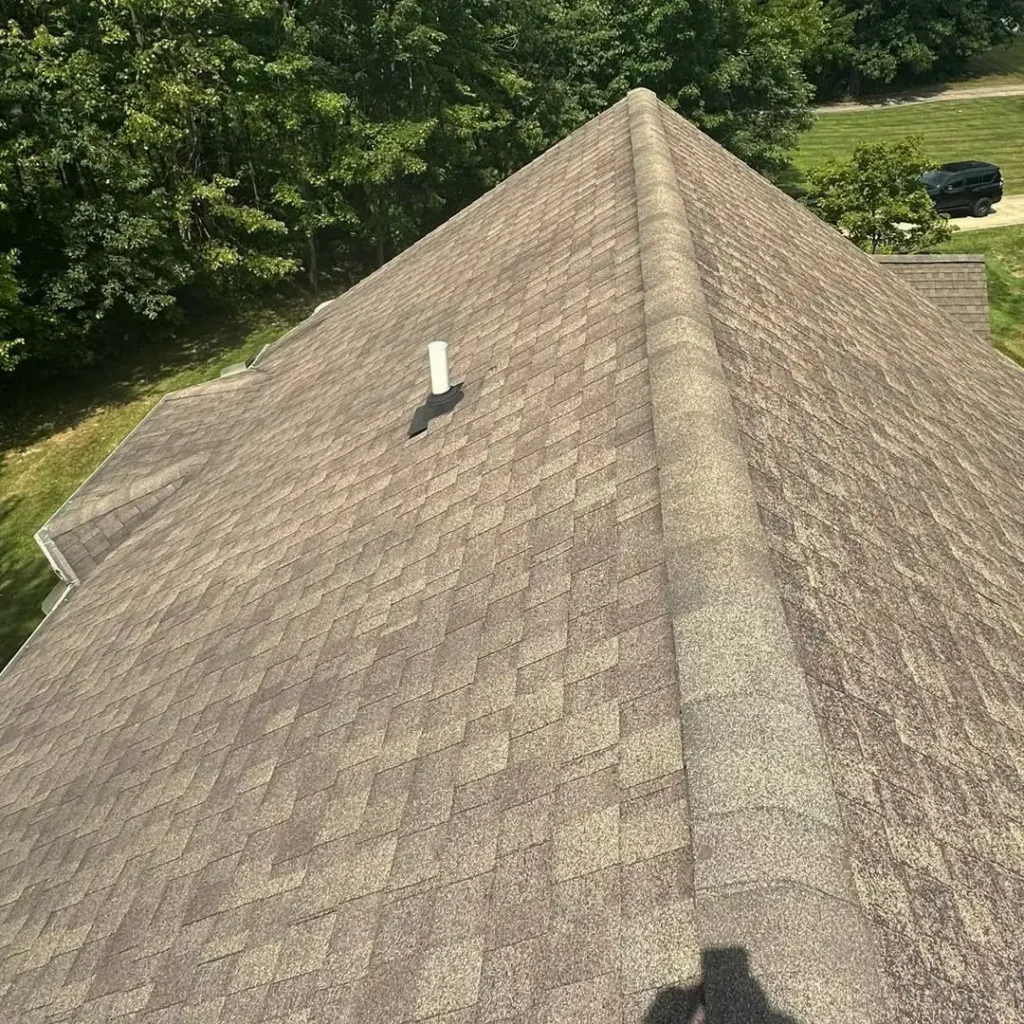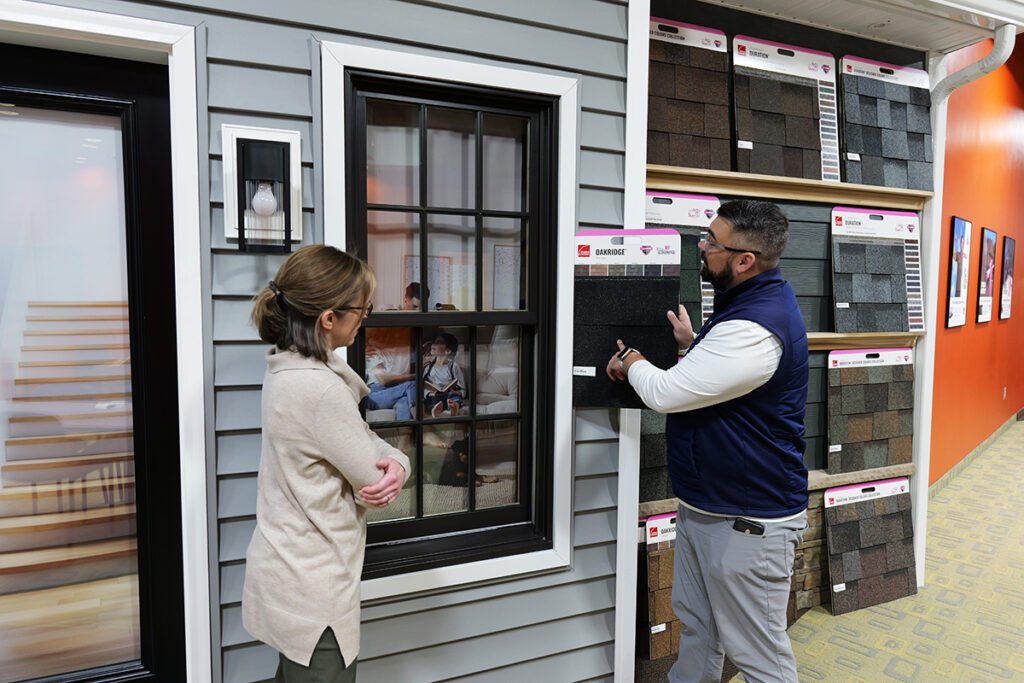How to Winterize Your Roof: Essential Steps for Cold-Weather Protection
Winter is just around the corner, and as a homeowner, one of the most important tasks you can tackle is preparing your roof for the harsh winter weather. Snow, ice, and freezing temperatures can take a toll on your home, particularly on your roof. Winterizing your roof helps prevent damage and costly repairs while also keeping your home warm and energy-efficient during the colder months. Here’s a guide on how to winterize your roof effectively.
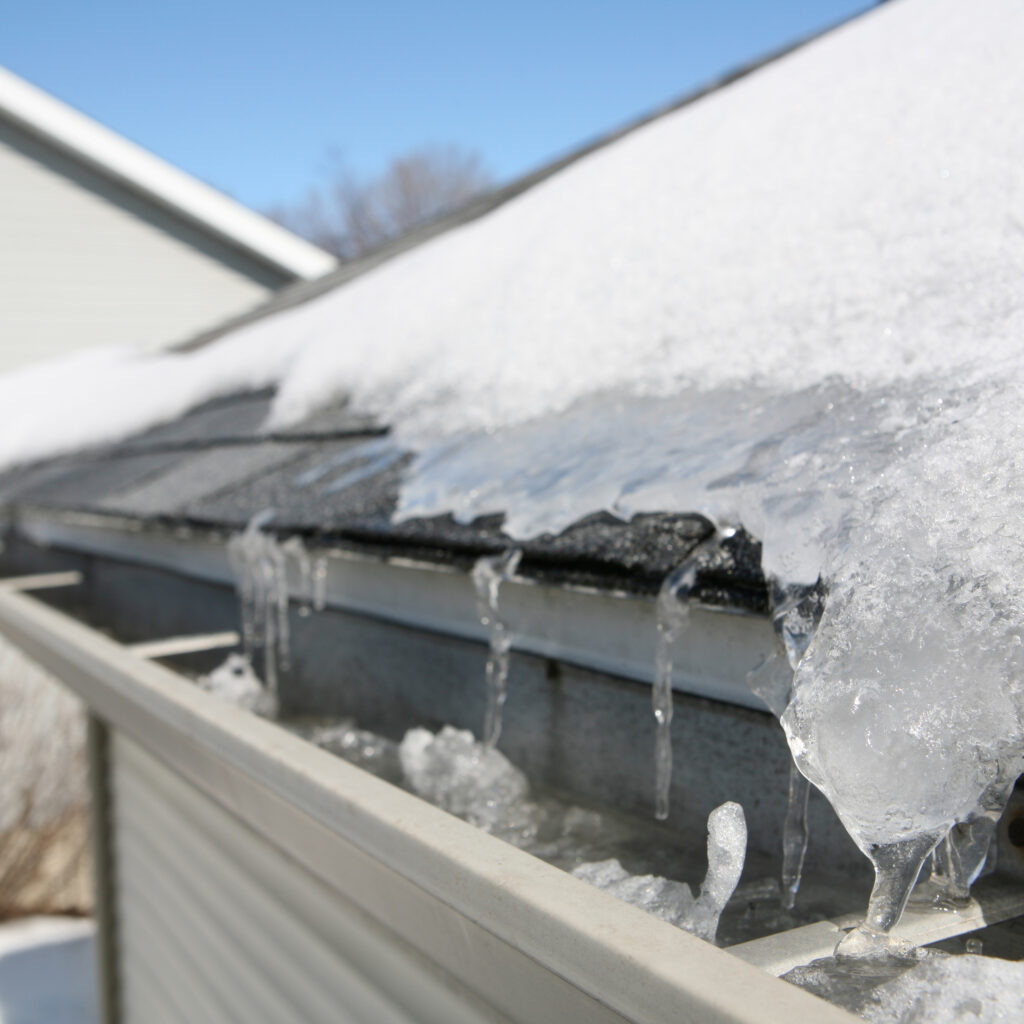
1. Inspect Your Roof for Damage
Before the first snowfall, it’s crucial to inspect your roof for any signs of damage. Look for missing, loose, or damaged shingles, as these can lead to leaks and further problems when snow and ice accumulate. Check around flashings, chimneys, vents, and skylights for gaps or cracks. Any damage you find should be repaired immediately to avoid bigger issues during the winter.
Tip: If you’re unsure how to properly inspect your roof or spot damage, consider hiring a professional roofing contractor to assess it for you.
2. Clean Your Gutters
Clogged gutters are a major cause of winter roof damage. When gutters are blocked with leaves, twigs, or debris, water from melting snow has nowhere to go, leading to ice dams. These ice dams can cause water to back up under your shingles, resulting in leaks and even structural damage. Clean your gutters and downspouts thoroughly before the snow hits to ensure proper water drainage.
Consider adding gutter guards: Installing gutter guards can help keep debris out, making gutter maintenance easier throughout the year.
3. Check Your Attic Insulation and Ventilation
Proper insulation and ventilation in your attic are key to preventing heat from escaping through your roof. When warm air rises from your living spaces into your attic, it can melt snow on your roof, which then refreezes and creates ice dams. To avoid this, ensure your attic has adequate insulation and ventilation to regulate the temperature.
- Attic insulation: A well-insulated attic keeps warm air inside your home, reducing heat loss and energy costs.
- Roof ventilation: Ventilation helps maintain a consistent roof temperature, preventing ice from forming on the roof’s edges.
4. Trim Overhanging Branches
Snow and ice buildup on tree branches can cause them to snap and fall onto your roof, causing damage to shingles, gutters, or even the structure itself. Trim back any branches that overhang your roof to minimize the risk of falling debris during winter storms. This step not only protects your roof but also reduces the amount of debris that can clog your gutters.
5. Install Roof Heating Cables
In areas prone to heavy snow and ice, roof heating cables can be a great addition to your winterization efforts. These cables are installed along the roof’s edge and in gutters to prevent ice dams from forming. While they require an upfront investment, they can help save you from costly roof repairs caused by ice buildup.
6. Inspect and Seal Flashings
Flashings are the metal pieces around chimneys, skylights, vents, and other roof features that help direct water away. Over time, flashings can loosen or corrode, leading to leaks. Inspect your flashings for any gaps or cracks and seal them with roofing cement or replace them if necessary. Properly sealed flashings ensure water stays out and ice buildup is minimized.
7. Ensure Proper Snow Removal
Once winter arrives and snow starts to accumulate, it’s essential to remove snow from your roof to prevent excess weight from causing structural damage. A roof rake with a long handle can help you safely remove snow from the ground. Be careful not to damage the shingles while removing snow, and if you have a large amount of snow or ice buildup, it’s best to call a professional to handle the job.
Why Winterizing Your Roof is Important
Winterizing your roof isn’t just about preventing leaks and damage; it’s also about ensuring your home stays warm and energy-efficient. A properly winterized roof can help reduce your heating bills, extend the lifespan of your roof, and prevent expensive emergency repairs during the cold months.
Conclusion
By following these steps, you can winterize your roof and protect your home from the challenges of winter weather. From inspecting and repairing damage to ensuring proper attic ventilation and cleaning your gutters, preparing your roof for winter will give you peace of mind and keep your home safe and secure. For more comprehensive inspections or repairs, always consider reaching out to a professional roofing company to ensure your roof is fully prepared for the season ahead.

